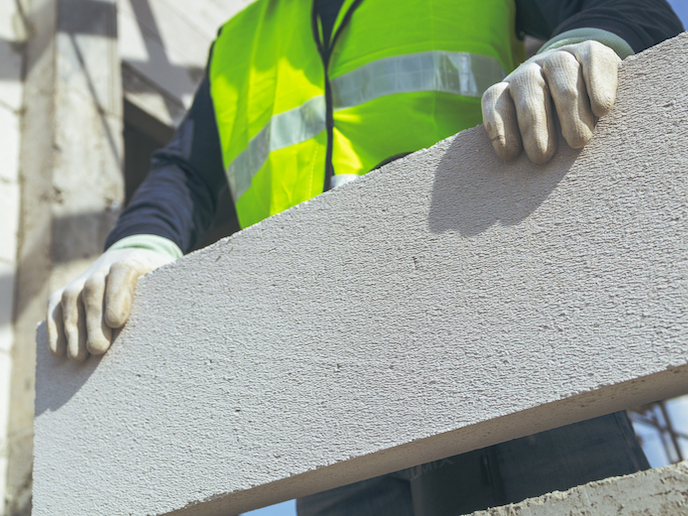Open innovation test bed for lightweight components
Lightweight components which are easy to transport, handle and install, are increasingly used in the construction and infrastructure industries, as well as for aerospace, automotive and defence projects. Lightweight properties are typically achieved through the use of special additives and/or aggregates. But while the resulting components deliver reduced environmental footprints and do bring down overall costs, the materials themselves are more expensive than traditional ones. “To make these materials more attractive and competitive, they have to not only match the properties of traditional materials but surpass them, with functionalities like enhanced strength or self-cleaning,” says Maria Taxiarchou from the National Technical University of Athens, coordinator of the EU-supported LightCoce project. LightCoce has developed an innovation test bed – a platform providing open access to facilities, expertise and services needed to develop, test and upscale advanced materials for industry. LightCoce’s single entry point (SEP) covers the whole value chain, providing tailor-made services for the development and upscaling of novel lightweight and multifunctional concrete, alongside conventional and advanced ceramics. The SEP is supported by 17 specialised service providers. “This one-stop shop is targeted especially at small and medium-sized enterprises lacking the necessary resources for research and development. Our SEP minimises the costs and risks of innovation,” says Ioannis Paspaliaris, managing director of LightCoce. The SEP has already been validated and optimised through test cases with the project’s industrial partners and clients that accessed the services after responding to an open call.
Bridging the gap between lab and industry
LightCoce SEP’s five pilot lines offer a range of testing and upscaling services covering three thematic areas corresponding to different materials. Firstly, pilot lines for concrete provided by the National Technical University of Athens and the Research Institutes of Sweden. Secondly, for traditional ceramics provided by the Ceramic Industry Research Association and the Nuremberg Institute of Technology. Lastly, a pilot line for advanced ceramics provided by the Łukasiewicz Research Network – Metal Forming Institute. “As not all successful lab products translate to industrial scale, companies can use our SEP to cost-effectively investigate upscaling potential, while identifying scaling problems and fine-tuning material formulations and synthesis processes, for increased production,” explains Paspaliaris. Case studies have already been completed with industrial partners and included the development of nano-enabled lightweight concrete; nano-modified cellular lightweight concrete; load bearing, lightweight sandwich concrete panels; multifunctional lightweight bridge decks; lightweight porcelain tiles for improving air quality; extruded lightweight bricks; lightweight high-durability valves for satellites; and lightweight re-entry vehicle parts for aerospace. “All these cases have been successfully completed at pilot scale, meeting our clients’ requirements, in terms of properties and characteristics. We are now working on them at demonstration scale,” adds Taxiarchou. The LightCoce business ecosystem also offers services to support the commercialisation of materials, such as characterisation, process modelling, quality assurance and monitoring, life cycle analysis, standardisation, safety, marketing and innovation management.
Driving innovation
LightCoce contributes directly to the European Commission’s strategy to make access to state-of-the-art technology infrastructure and expertise easier, accelerating innovation and entry to emerging markets. Introducing novel, lightweight and multifunctional construction materials into the market also offers significant energy savings, benefiting consumers and the environment. While interest has already been expressed by several construction industry companies, for now the team are fine-tuning their operation based on feedback from the new test cases resulting from their recent open call.
Keywords
LightCoce, open innovation test bed, concrete, ceramic, lightweight, industry, infrastructure, construction, lightweight, materials







